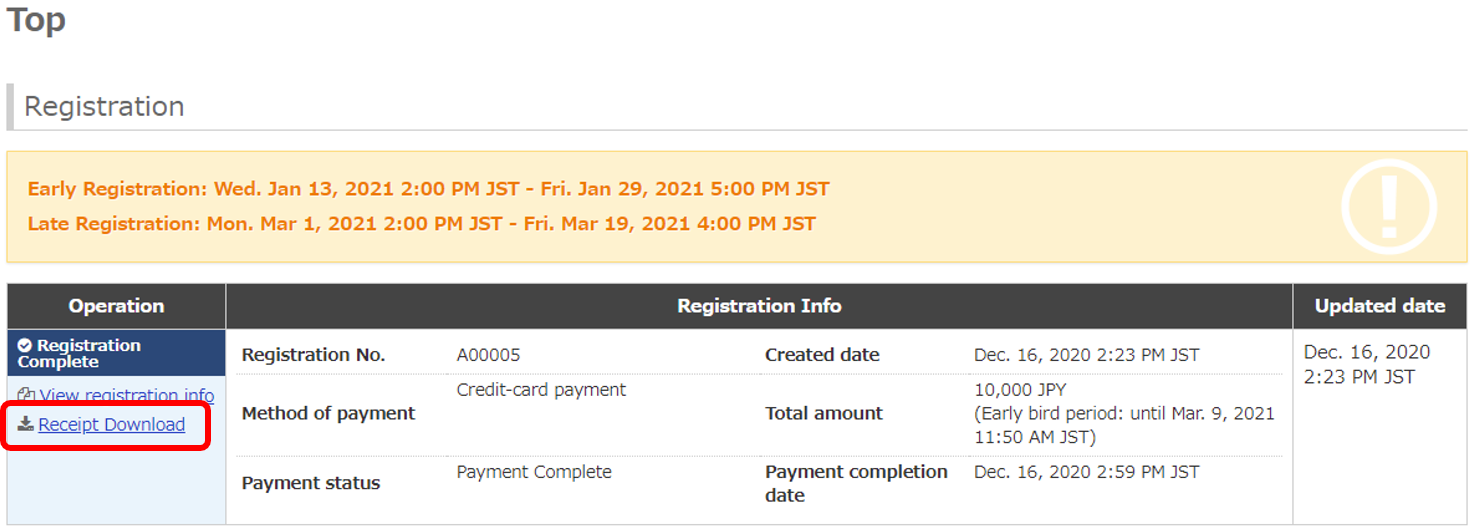
In particular, the statistics provided for the 2020 to 2021 tax year are likely to include wealth transfers that resulted from deaths caused, directly or indirectly, by COVID-19. This publication refers to tax years that include the effect of the COVID-19 pandemic. For a comparison of table numbers in this release compared to previous publications, please see the tables for previous years section. The tables numbers have also been reordered, and so are different from previous releases. Information is also provided on IHT trust charges paid by trusts.įurther information on IHT rules, tax rates, reliefs and exemptions are available in the Inheritance Tax guidance.įollowing the outcome of a consultation on changes to HMRC statistics, there have been changes to the statistics included in this release. Statistics relating to the composition of estates, to the use of reliefs and exemptions, and to the tax due on estates, are provided for estates passing on death in the 2020 to 2021 tax year.


This publication contains statistics on Inheritance Tax ( IHT) and estates passing on death for which grants of representation were required. The value of exempted transfers to qualifying charities also increased, to £1.8 billion in the tax year 2020 to 2021 from £1.6 billion in the tax year 2019 to 2020. The value of APR increased by only £91 million. Most of this increase was concentrated in the value of BPR, which increased by £1.3 billion. This was an increase of £1.4 billion (51%) compared to the tax year 2019 to 2020. The combined value of agricultural and business property relief ( APR, BPR) was £4.2 billion in the tax year 2020 to 2021. This exemption was used by 24,000 estates above the Nil Rate Band ( NRB) in the tax year 2020 to 2021. In the 2020 to 2021 tax year, £15.7 billion was transferred to surviving spouses and civil partners on death, a rise of £2.7 billion (21%) on 2019 to 2020. The largest exemption set against assets continues to be for transfers between spouses and civil partners.

This rise in overall UK deaths will have been due, at least in part, to the effects of the COVID-19 pandemic. The number of deaths in the UK rose from 612,000 to 722,000 (18%). The rise in IHT tax liabilities created is likely due to the rise in the number of overall deaths in the UK in that year, which resulted in a knock-on rise in taxable wealth transfers. This was a rise of £0.8 billion (16%) compared to the previous year. IHT tax liabilities created in respect of the tax year 2020 to 2021 were £5.76 billion. In the tax year 2020 to 2021, there were 27,000 taxpaying IHT estates, an increase of 4,000 (17%) since the previous tax year, 2019 to 2020. The total number of UK deaths that resulted in an IHT charge has increased. The RNRB is available to those estates that transfer their main UK residence to direct descendants on their death.

This means the proportion has been relatively flat since the tax year 2017 to 2018 - likely as a result of the introduction of a new tax-free allowance known as the Residence Nil-Rate Band ( RNRB) from that year onwards. In the tax year 2020 to 2021, 3.73% of UK deaths resulted in an Inheritance Tax ( IHT) charge, decreasing by 0.03 percentage points since the tax year 2019 to 2020. The key points from this year’s publication are:


 0 kommentar(er)
0 kommentar(er)
